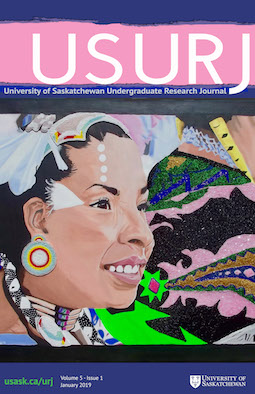Promiscuous versus Romantic Lesbianism in Films
The Killing of Sister George and Blue is the Warmest Color
DOI:
https://doi.org/10.32396/usurj.v5i1.359Abstract
There is a lack of queer visibility in the mainstream Hollywood films because of the Production Code Administration in October 1961 that prohibited the presentation of “sexual perversion” on screen. However, the amendment of this code and gay liberation movements in 1970s, and the era of “new queer cinema” in the 1990s increased media representations of sexual minorities. Based on this context, the article critically analyzes the depiction of lesbian characters and their romance in the films The Killing of Sister George (1968) and Blue is the Warmest Color (2013). The Killing of Sister George depicts the life story of June Buckridge who loses her career and her relationship due to her sexuality, and Blue is the Warmest Color is a story about Adele, who explores her sexuality as a teenager. Whereas the former film depicts lesbianism from a promiscuous lens, the latter approaches this topic from a realistic and contemporary perspective. Thus, the films represent lesbian sexuality in unique ways that allows us to investigate the progression of queer depiction in the mainstream cinema. The similarities and differences between the queer representation in the films, as well as the way the film portrayal of lesbian romance relate to the current research literature are discussed.
Downloads
Published
Issue
Section
License
Articles: USURJ’s current Publication Agreements apply a Creative Commons Attribution-NonCommercial License (CC-BY-NC) by default. The CC BY-NC license lets others remix, tweak, and build upon work non-commercially. The author(s) can choose a different CC license, as outlined in https://creativecommons.org/about/cclicenses/. Please see the PDF for each article to determine what license is applied to that article. Author(s) can also request to reserve all copyright (All Rights Reserved). If there is no indication for articles published before September 2020, assume the author retains all rights beyond those necessary for publication by USURJ. All articles published after September 2020 will apply one of the aforementioned CC licenses. See the Publication Agreement under the Submission Preparation Checklist or Author Guidelines for more information. Artwork: All copyright for the original artwork remains with the artist unless they wish to apply a Creative Commons (CC) license to the artwork. Please see the PDF for each artwork to determine what license is applied to that artwork.







